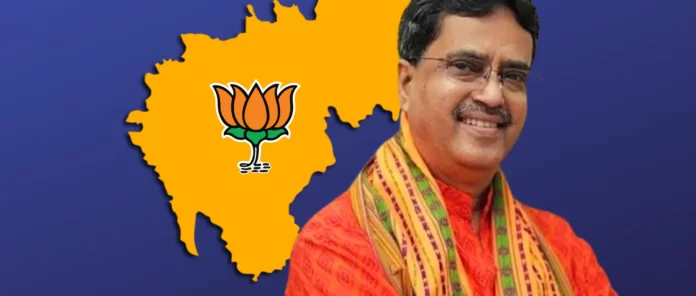As the political landscape in India continues to evolve, with each election cycle bringing new dynamics and shifts, attention is now turning towards Tripura and West Bengal. Recent remarks by political analysts and observers have sparked discussions about the fate of the Left and Congress parties in these states following the Lok Sabha polls. According to some, the Left is expected to vanish from Tripura and face significant setbacks in Bengal, while the Congress is predicted to suffer a similar fate. These predictions signal potential seismic changes in the political fabric of these states.
Tripura, historically a bastion of the Left, saw a significant political upheaval in 2018 when the Bharatiya Janata Party (BJP) swept to power, ending the Communist Party of India (Marxist) [CPI(M)]’s uninterrupted 25-year rule. The BJP’s rise to prominence in Tripura marked a shift in the state’s political landscape, with the party making significant inroads by capitalizing on anti-incumbency sentiments and promising development and change.
Analysts believe that the Left’s decline in Tripura is likely to continue post Lok Sabha polls. Factors such as organizational weaknesses, ideological stagnation, and failure to adapt to changing socio-political dynamics have been cited as reasons for the Left’s diminishing influence in the state. Additionally, the BJP’s aggressive expansion efforts, coupled with its emphasis on Hindutva politics, have further marginalized the Left, leaving little room for resurgence.
Similarly, in West Bengal, the Left has been on a downward trajectory for several years. Once a formidable force in the state’s politics, the Left Front government ruled Bengal for over three decades before being ousted by the Trinamool Congress (TMC) in 2011. Since then, the Left has struggled to regain its lost ground, facing electoral defeats and internal rifts.
The rise of Mamata Banerjee’s TMC ushered in a new era of politics in Bengal, characterized by a fierce battle between the ruling party and the BJP, which has emerged as the principal opposition force. While the Left remains a marginal player in Bengal’s political landscape, recent predictions suggest that its influence is likely to wane further after the Lok Sabha polls.
Political analysts point to several factors contributing to the Left’s decline in Bengal, including ideological drift, organizational weaknesses, and the erosion of its traditional support base among the working class and rural population. The emergence of the BJP as a potent challenger to the TMC has further marginalized the Left, leaving it struggling to remain relevant in a rapidly evolving political scenario.
As for the Congress party, predictions indicate a bleak outlook in both Tripura and Bengal. In Tripura, the Congress has been relegated to the fringes of state politics, failing to capitalize on the anti-incumbency sentiments against the Left or present itself as a credible alternative to the BJP. Internal factionalism and leadership crises have hampered the party’s prospects, making it increasingly irrelevant in the state’s political landscape.
In Bengal, the Congress’s fortunes have also been on the decline, with the party struggling to carve out a distinct identity amidst the fierce rivalry between the TMC and the BJP. Despite occasional electoral alliances with the Left, the Congress has failed to translate these into meaningful gains, further denting its credibility and electoral prospects.
In addition, the predictions regarding the fate of the Left and Congress in Tripura and Bengal post Lok Sabha polls reflect broader trends reshaping the political dynamics of these states. While the Left’s decline seems inevitable given its organizational and ideological challenges, the Congress also faces an uphill battle to remain relevant amidst intense competition from regional and national parties. As voters prepare to cast their ballots, the political landscape of Tripura and Bengal appears poised for significant transformations, with far-reaching implications for the future of these states.




